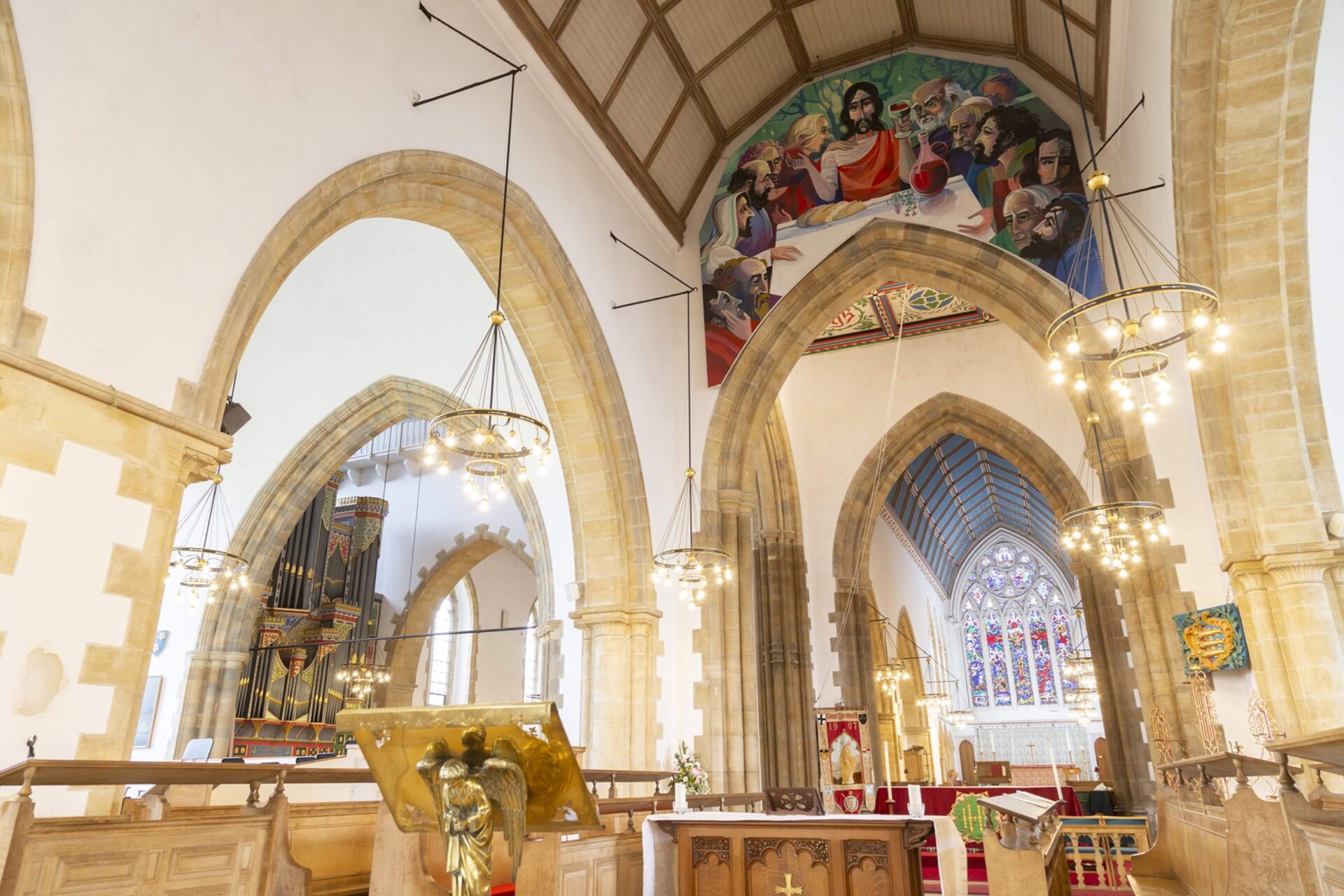With the first cornerstone laid in 1101, the Minster is thought to be Great Yarmouth’s oldest building in continuous use. In common with most urban churches over the ages, it would not originally have just been a house of worship, but also hospital, almshouse, refectory and many other support services for the community and travellers.
Its attraction is not just its architectural splendour, The Minster has a fascinating history, involving familiar names such as Charles Dickens, Horatio Lord Nelson, Daniel Defoe (of Robinson Crusoe fame) and Anna Sewell (who penned Black Beauty). More recent Royal visitors include HM The Queen and HRH Prince Charles.
Here is a brief timeline of some of the key events for The Minster:
Nine Centuries of History at The Minster
| 1101 | Herbert de Losinga, first Bishop of Norwich lays the first stone |
| 1119 | St Nicholas Church is consecrated |
| c1190 | Large expansion of the Church nave, tower and arches |
| mid 1300s | Extension of aisles and transepts to accommodate 19 individual guild chapels |
| c1400 | Addition of 186’ high spire on the tower |
| c1560 | Huge damage and destruction as part of Henry VIII’s church reformation period |
| 1650 | The Cromwellian era sees St Nicholas become three separate churches inside |
| Late 18th century | St Nicholas’ decays with much of it in ruins |
| 1804 – 1901 | Full restoration of the church completed |
| 1942 | Fire completely guts the interior, following Nazi bombing |
| 1942 – 1956 | Church sits as a hollow shell with just walls, tower and arches standing |
| 1957 – 1960 | Stephen Dykes Bower completes a full neo-Gothic restoration, St Nicholas is reborn |
| 2011 | St Nicholas’ officially designated as a Minster Church by the 72nd Bishop of Norwich, Rt Revd Graham James |

